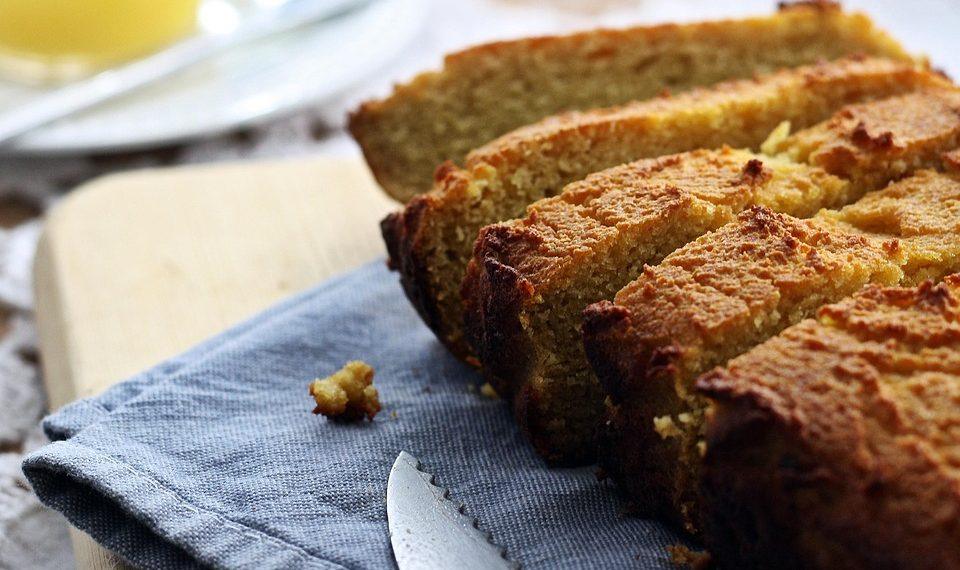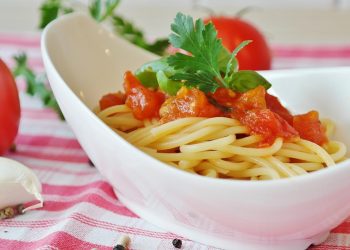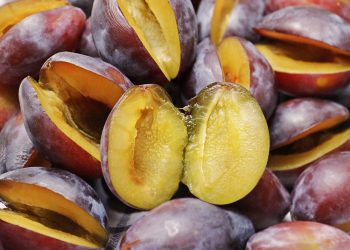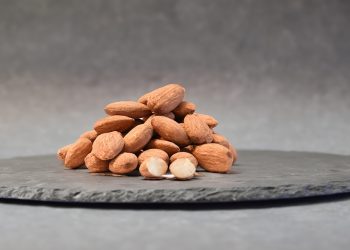Gluten-free foods can be absolutely delightful, and you might be surprised by how many options are out there. If you’ve ever felt limited by your dietary choices, you’re in for a treat. Whether you’re gluten intolerant, have celiac disease, or simply want to explore new flavors, the world of gluten-free foods is bursting with delicious possibilities. Let’s dive into ten gluten-free foods that might just blow your taste buds away.
Contents
- What Are Gluten-Free Foods and Why Do They Matter?
- 1. Quinoa: The Supergrain
- 2. Cauliflower Rice: A Low-Carb Delight
- 3. Almond Flour: The Baker’s Secret
- 4. Sweet Potatoes: Nature’s Candy
- 5. Chia Seeds: Tiny Nutrient Powerhouses
- 6. Coconut Flour: A Tropical Twist
- 7. Zucchini Noodles: A Pasta Alternative
- 8. Greek Yogurt: Creamy and Satisfying
- 9. Polenta: Cornmeal Magic
- 10. Dark Chocolate: The Sweetest Surprise
- A Deeper Dive into Gluten-Free Nutrition
- Bottom Line
What Are Gluten-Free Foods and Why Do They Matter?
Gluten is a protein found in wheat, barley, and rye. For many, consuming gluten can lead to digestive issues, fatigue, and a host of other uncomfortable symptoms. Understanding gluten-free foods is essential, not just for those with gluten sensitivities, but for anyone looking to improve their overall diet. Embracing gluten-free options can lead to discovering new textures, flavors, and health benefits.
Eating gluten-free doesn’t mean sacrificing taste. In fact, it opens the door to a variety of ingredients that can elevate your meals. So, let’s explore ten gluten-free foods that promise to please your palate and nourish your body.
1. Quinoa: The Supergrain
Quinoa is often hailed as a superfood, and for good reason. Not only is it gluten-free, but it’s also packed with protein, fiber, and essential amino acids. This versatile grain can be used in salads, bowls, or as a side dish.
- Benefits: High in nutrients, quinoa can help you feel full and satisfied.
- How to use it: Cook it like rice—just add water and let it simmer. Mix it with roasted vegetables and a squeeze of lemon for a refreshing salad.
2. Cauliflower Rice: A Low-Carb Delight
If you’re looking for a gluten-free alternative to rice, look no further than cauliflower rice. This veggie wonder is not only low in carbs but also rich in vitamins.
- Benefits: It’s a fantastic way to sneak more vegetables into your meals.
- How to use it: Sauté with garlic, olive oil, and your favorite spices for a flavorful side dish.
3. Almond Flour: The Baker’s Secret
Almond flour is a game-changer in gluten-free baking. It adds a nutty flavor and moisture to baked goods, making them incredibly delicious.
- Benefits: Lower in carbs and higher in protein than regular flour, it’s a healthier choice.
- How to use it: Substitute it in your favorite recipes for cookies, muffins, or pancakes.
4. Sweet Potatoes: Nature’s Candy
Sweet potatoes are not just for Thanksgiving. These tubers are naturally gluten-free and loaded with vitamins A and C.
- Benefits: They offer a sweet, satisfying taste that keeps you energized.
- How to use it: Roast them with a sprinkle of cinnamon or mash them with a bit of butter for a comforting side dish.
5. Chia Seeds: Tiny Nutrient Powerhouses
Chia seeds are small but mighty. These tiny seeds are gluten-free and packed with fiber, omega-3 fatty acids, and protein.
- Benefits: They can help you feel fuller longer and support digestive health.
- How to use it: Mix them into smoothies or make a chia pudding by soaking them in almond milk overnight.
6. Coconut Flour: A Tropical Twist
Coconut flour adds a unique flavor and is a fantastic gluten-free alternative for baking. It’s absorbent, so you’ll need less than you would with traditional flour.
- Benefits: High in fiber and healthy fats, it’s a guilt-free option.
- How to use it: Perfect for pancakes or as a thickener in soups and sauces.
7. Zucchini Noodles: A Pasta Alternative
Zucchini noodles, or “zoodles,” are a trendy gluten-free pasta substitute. They’re light, refreshing, and a great way to up your vegetable intake.
- Benefits: Low in calories and carbs, they’re perfect for those mindful of their intake.
- How to use it: Sauté with olive oil and garlic, then toss with your favorite sauce.
8. Greek Yogurt: Creamy and Satisfying
Greek yogurt is an excellent gluten-free option that’s rich in protein and probiotics. It can be a healthy snack or a base for smoothies.
- Benefits: It’s great for gut health and can keep you feeling full.
- How to use it: Top with fruits, honey, or nuts for a delicious breakfast or snack.
9. Polenta: Cornmeal Magic
Polenta, made from cornmeal, is naturally gluten-free and can be creamy or grilled. It’s an excellent base for various dishes.
- Benefits: It’s versatile and can be flavored in countless ways.
- How to use it: Serve it soft with cheese and herbs or slice it into wedges and grill for a crispy treat.
10. Dark Chocolate: The Sweetest Surprise
Who says gluten-free can’t be indulgent? Dark chocolate is typically gluten-free and packed with antioxidants.
- Benefits: It can satisfy your sweet tooth while offering some health benefits.
- How to use it: Enjoy a piece as a treat, or melt it for a delicious fondue.
A Deeper Dive into Gluten-Free Nutrition
Understanding how to incorporate these gluten-free foods into your diet can be transformational. Let’s break down some practical tips for making the most of your gluten-free journey.
Meal Planning Made Easy
- Batch Cooking: Prepare quinoa, roasted vegetables, and grilled chicken on the weekend. This makes it easy to grab and go during the week.
- Snack Smart: Keep snacks like almond flour muffins or chia seed pudding handy for energy boosts.
Reading Labels
When you’re shopping, always check labels for gluten content. Look for certified gluten-free products, especially when buying packaged goods.
Creative Pairings
Combine gluten-free foods for unexpected flavor profiles:
- Quinoa and Black Beans: A protein-packed salad.
- Zoodles with Pesto: A fresh take on pasta night.
Conclusion: Embrace the Flavor
Eating gluten-free doesn’t mean you have to compromise on taste. With these ten delicious options, your meals can be vibrant and satisfying. Explore, experiment, and enjoy the wonderful world of gluten-free foods!
Bottom Line
Incorporating gluten-free foods into your diet can open up a treasure trove of flavors and textures. From quinoa to dark chocolate, these options are not just healthy—they’re downright delicious. So why not give them a try? Your taste buds will thank you!
FAQ
1. Can I find gluten-free options at restaurants?
Yes! Many restaurants offer gluten-free menus or options. Just ask your server for recommendations.
2. Is gluten-free food healthier?
Not necessarily. While many gluten-free foods are nutritious, it’s essential to focus on whole foods rather than processed alternatives.
3. How can I ensure I’m eating a balanced gluten-free diet?
Incorporate a variety of whole foods, such as fruits, vegetables, proteins, and healthy fats, to maintain balance while eating gluten-free.
Now, go ahead and explore these gluten-free delights! Your culinary adventure awaits.
Get Your FREE Natural Health Guide!
Subscribe now and receive our exclusive ebook packed with natural health tips, practical wellness advice, and easy lifestyle changes — delivered straight to your inbox.













